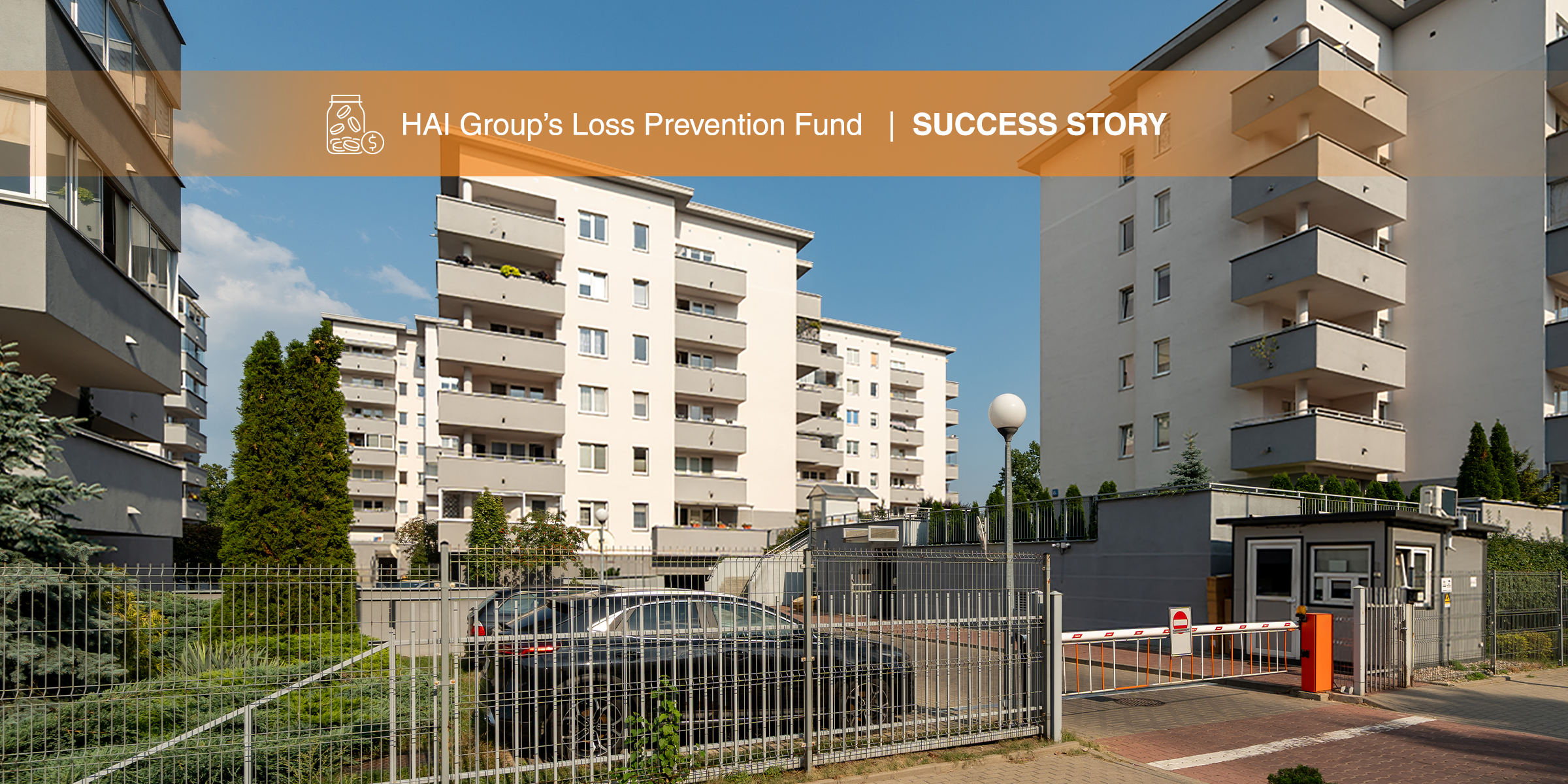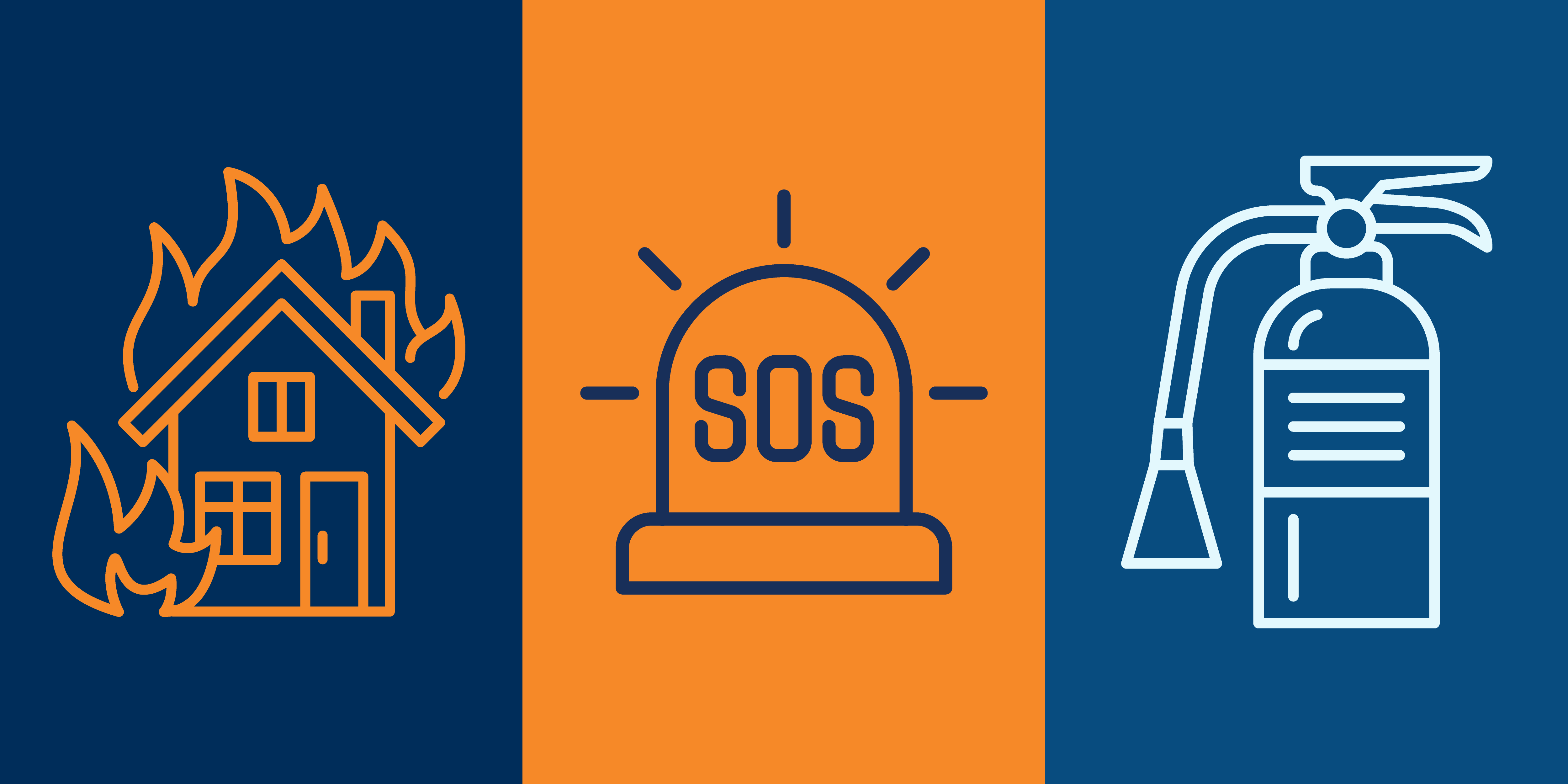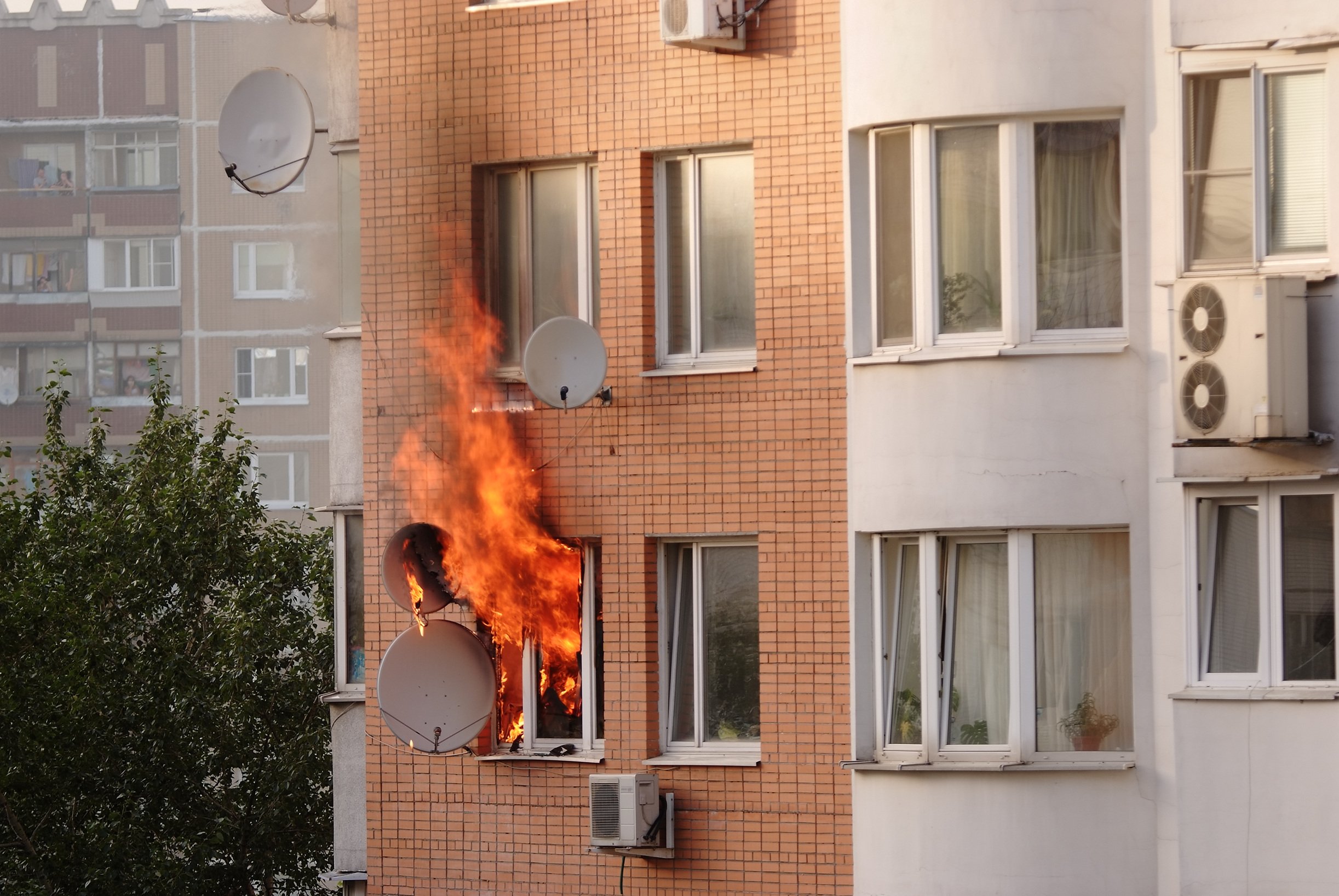A few years ago, the Housing Authority of Salt Lake City (HASLC) noticed some concerning trends, including individuals loitering around some of its properties and using them as cut-throughs.
While the issues weren’t severe, they prompted the agency to examine resident safety more closely, according to Paul Edwards, HASLC's in-house general counsel and 504 coordinator.
“We wanted to start taking a proactive approach to safety for our residents,” Edwards explained. “We had a few complaints about minor crimes and people hanging around who weren’t part of the community.”
Seeking expert insight
 Rather than taking a reactive approach, HASLC leadership opted to consult with an independent specialist. Their goal: to identify opportunities to enhance security and foster a safer environment for residents. With leadership approval, the agency requested proposals and eventually hired a Crime Prevention Through Environmental Design (CPTED) specialist.
Rather than taking a reactive approach, HASLC leadership opted to consult with an independent specialist. Their goal: to identify opportunities to enhance security and foster a safer environment for residents. With leadership approval, the agency requested proposals and eventually hired a Crime Prevention Through Environmental Design (CPTED) specialist.
The specialist conducted a comprehensive review of HASLC’s 32 properties and provided a detailed list of recommended improvements. Since then, HASLC has been steadily implementing changes designed to reduce crime and enhance the quality of life for its residents.
What is CPTED?
CPTED (Crime Prevention Through Environmental Design) is a multi-disciplinary approach to crime prevention that leverages urban planning, architectural design, and management of built and natural environments. According to the International CPTED Association, the strategy aims to deter criminal behavior, reduce victimization, and help residents foster a sense of ownership and control over their community spaces. CPTED is also known by terms such as Designing Out Crime and Defensible Space.
Key recommendations from the CPTED specialist
 The consultant delivered a list of 176 actionable recommendations, varying in scope, urgency, and cost. Some of the improvements included:
The consultant delivered a list of 176 actionable recommendations, varying in scope, urgency, and cost. Some of the improvements included:
- Installing “No Trespassing” signs on properties, including every 100 feet along the perimeter of each property.
- Repairing and installing dumpster enclosures to discourage unauthorized access.
- Using reflective paint for address numbers on curbs for ease of identifying buildings.
- Installing secondary locks on sliding glass doors.
- Working with residents to unblock areas used for ingress and egress.
- Installing an automatic gate in the back section of HASLC properties to mitigate points of ingress and egress.
- Reviewing access control records to remove former residents or employees from the system.
According to Edwards, HASLC has completed more than 70 items identified by the consultant to date. Several more are in progress, and budgeting and planning are taking place for some of the larger-ticket items.
Leveraging HAI Group’s Loss Prevention Fund
 In 2024, while checking his email, Edwards came across a message about HAI Group’s Loss Prevention Fund (LPF), a competitive reimbursement program that supports housing agencies in implementing risk management and safety projects. At the time, the LPF was backed by a $2 million pool (in 2025, the pool increased to $3.5 million).
In 2024, while checking his email, Edwards came across a message about HAI Group’s Loss Prevention Fund (LPF), a competitive reimbursement program that supports housing agencies in implementing risk management and safety projects. At the time, the LPF was backed by a $2 million pool (in 2025, the pool increased to $3.5 million).
Realizing that the CPTED assessment could qualify for reimbursement, Edwards suggested that HASLC apply. He touted the ease with which the agency went through the application process and was thrilled when the project was ultimately approved for funding.
“I feel like we have a great relationship,” Edwards said, of HAI Group. “I’m in contact with someone daily, certainly weekly, depending on where we are in the year with renewals and other needs.”
Bottom line
By bringing in a CPTED specialist, HASLC gained an objective, expert perspective that helped them identify obvious and subtle ways to enhance safety across their properties. The result has been a more secure environment for residents and a clear roadmap for continued improvement.
“It gets you past all the incorrect institutional bias,” Edwards noted. “When you’re on the property every day, you may not recognize the little things that need to be done. When someone comes on the property and creates that to-do list for you, you become more motivated to tackle the projects.”
With external support from CPTED experts and financial backing through HAI Group’s Loss Prevention Fund, HASLC is making meaningful strides in community safety.
This article is for general information only. HAI Group® makes no representation or warranty about the accuracy or applicability of this information for any particular use or circumstance. Your use of this information is at your own discretion and risk. HAI Group® and any author or contributor identified herein assume no responsibility for your use of this information. You should consult with your attorney or subject matter advisor before adopting any risk management strategy or policy.
HAI Group® is a marketing name used to refer to insurers, a producer, and related service providers affiliated through a common mission, management, and governance. Property-casualty insurance and related services are written or provided by Housing Authority Property Insurance, A Mutual Company; Housing Enterprise Insurance Company, Inc.; Housing Specialty Insurance Company, Inc.; Housing Investment Group, Inc.; and Housing Insurance Services (DBA Housing Insurance Agency Services in NY and MI).





